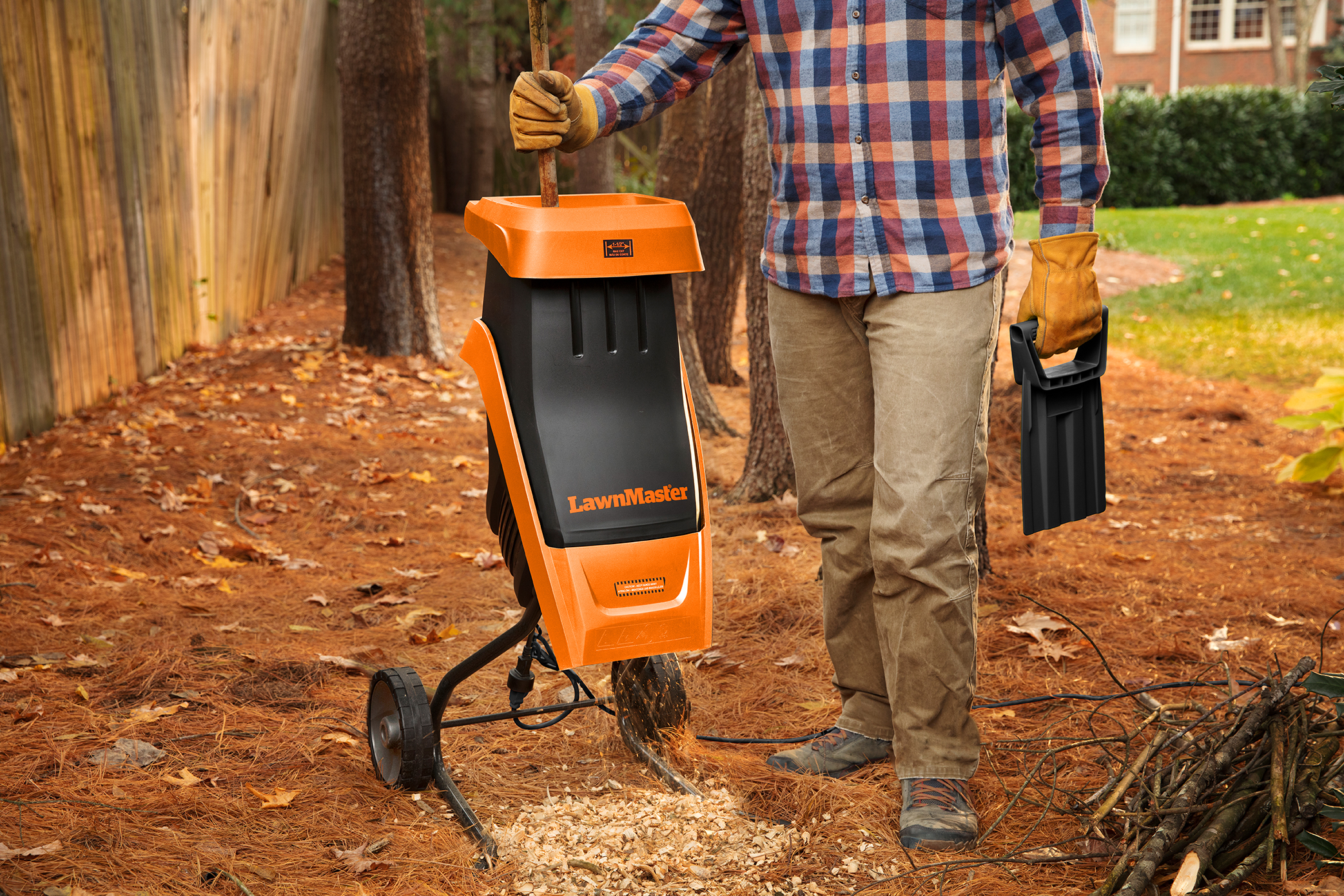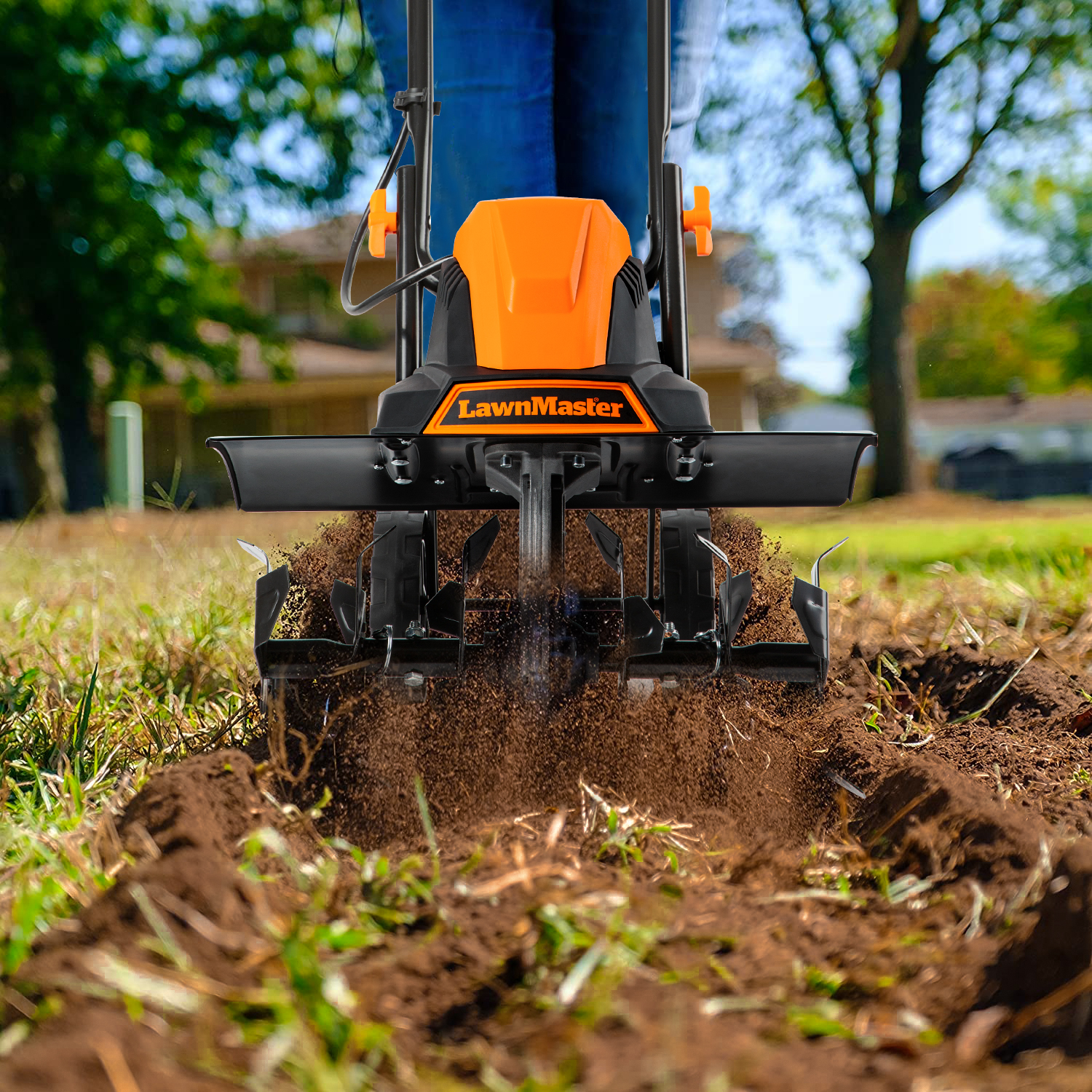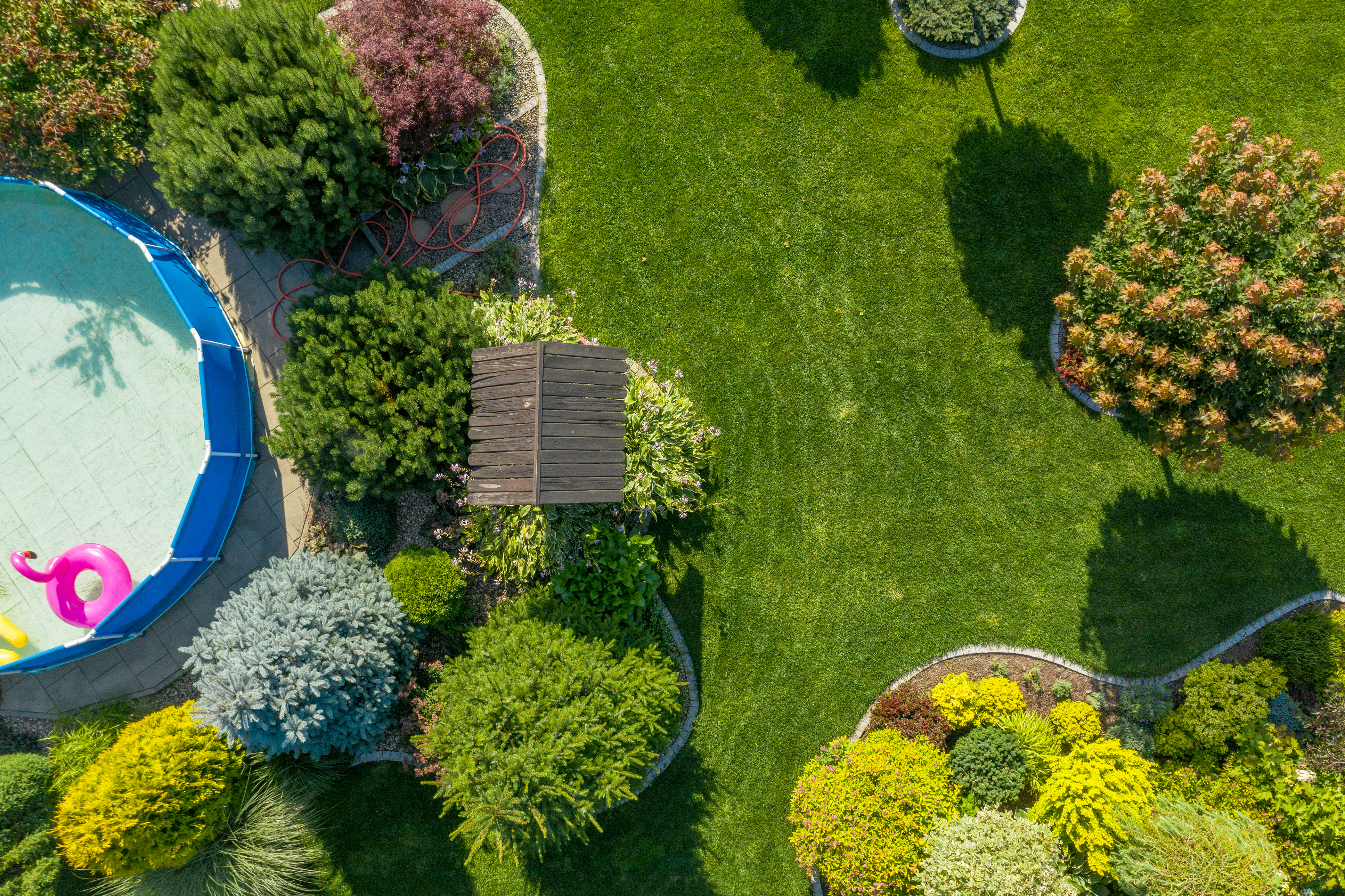Ultimate Guide to Greener Grass
Jul 16th 2024
|
A lush green lawn is a way to make your home look amazing from the outside, but there is little talk about what it takes to get that perfect lawn. How do you ensure your grass stays healthy and vibrant year-round? This guide will walk you through what it takes for that perfect green lawn, including care practices, common issues, and seasonal advice. Key Tips for Greener Grass Proper Mowing Techniques It is important to know which type of grass you have, as each species has an optimal height for it to thrive. By mowing your lawn at the correct height, it encourages deeper root growth, as well as helping withstand droughts and pests. The LawnMaster 48V MAX 19” Cordless Mower features 6 levels of height adjustment, so you can easily customize your cut. Tip: keep your mower blades sharp to ensure clean cuts. You can shop LawnMaster® replacement mower blades here. Lastly, avoid cutting more than 1/3 of the grass blade length at a time, as this can stress your grass and make it more susceptible to disease.
Watering Deeply and Infrequently Aim to water your lawn as deeply and as infrequently as possible. Too frequent and shallow watering might be the reason your lawn fails to thrive. By watering deeply and less often, the grass will have stronger roots that can access water and nutrients more efficiently. Tip: water your lawn in the early morning to reduce evaporation and fungal growth. Aerate Annually This process involves removing small plugs of soil to reduce soil compaction and to enhance root development. Aerating your lawn can improve air, water, and nutrient penetration to the roots; ideally it is good to do it once a year. With the LawnMaster 16” Electric Scarifier & Lawn Dethatcher, with it’s easy maneuverability, it can efficiently remove dense thatch, moss, and debris ensuring your grass receives essential air and nutrients for optimal growth. Ultimately, this tool preps your lawn to stay in peak condition throughout the growing season.
Making Sure You Fertilize Appropriately It is crucial to select the correct fertilizer for the kind of soil and grass species you have for your lawn. Proper fertilization is key to providing essential nutrients for healthy growth. Tip: avoid over-fertilization, which can not only harm your lawn, but the environment as well. Controlling Weeds, Pests, and Diseases The significance of inspecting your lawn for any signs of weeds, pests, and possibly diseases is essential when it comes to lawn care. Intervening these issues in a timely manner can help prevent them from spreading and damaging your lawn or getting out of control. Getting the Right Grass Species for Your Lawn It is important to research what kind of grass works best for your home, according to the climate and weather, your soil conditions, and how much foot traffic your lawn experiences. Here are some common grass species to investigate:
Maintaining a green grass lawn requires attention to detail and consistent care. By following these tips and adjusting your practices according to the season and type of grass you have, you can enjoy a lush, healthy lawn year-round. LawnMaster® has several tools to help you with this process, to ensure the best outcome for your lawn.
For more information on and to view our range of lawn mowers, scarifiers & dethatchers, grass trimmers, blowers and more, visit: https://lawnmaster.com/
|





